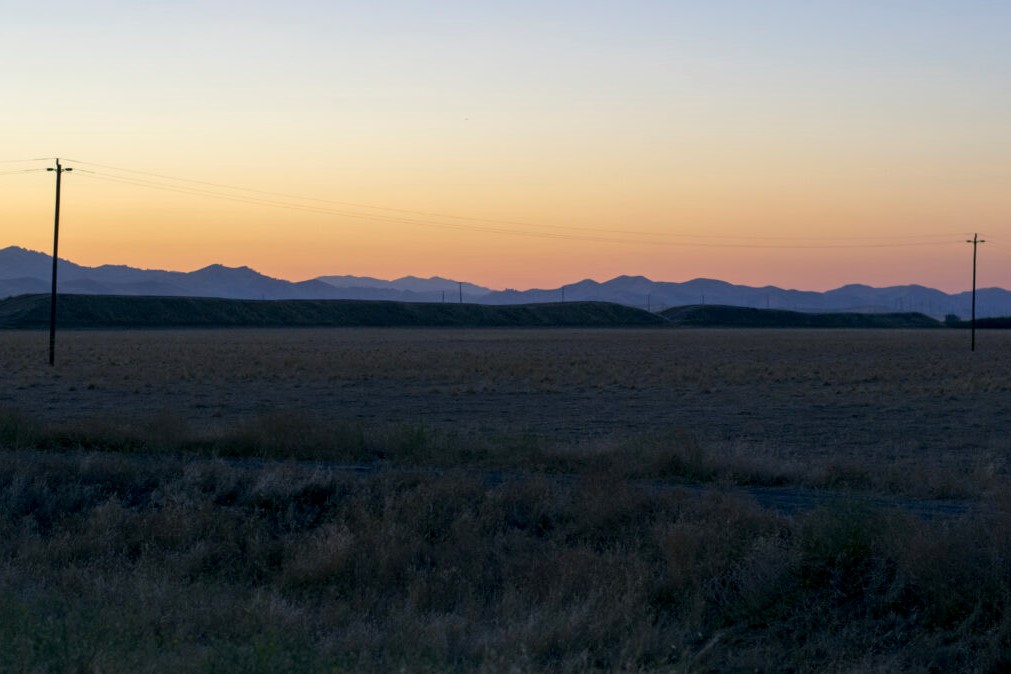By Devon Bhakta
UCLA Carbon Neutrality Ambassador
“That’s probably not healthy,” I remember thinking as I looked up at the crop duster flying low over my head, dispensing pesticides out onto the fields across the street from my house. At such a young age, I couldn’t even begin to comprehend the ramifications of those pesticides on local air and water quality and the health of the migrant farmworkers who were inhaling this toxic rain of pesticides.
Growing up in a small farm town in California’s Central Valley, I never could’ve imagined such a concept as ‘environmental racism’, yet I had been living in a hotbed of it for most of my life. Despite California being hailed as one of the most sustainable states, the Valley is full of pollution that disproportionately impacts low-income minority communities. The Central Valley has some of the most heavily polluted groundwater in the country, filled with nitrates, heavy metals, and agricultural runoff that cause numerous health conditions, and those who are most affected by it are poor and rural Latinx communities. These communities also suffer at higher rates from respiratory and heart diseases as a result of having some of the worst air pollution in the country. It wasn’t until I enrolled at UCLA that I learned about how much environmental pollution there is around my hometown and how it disproportionately affects low-income people of color—and that’s precisely why it’s so important to discuss these issues and educate those who may not know about it. Throughout California and the rest of the U.S., low-income communities of color are hit hardest by pollution, which is often overlooked in discussions of sustainability.
Now more than ever, the concept of environmental justice must become a central pillar of sustainability. With the growing Black Lives Matter movement, environmental racism is being discussed as one of the systemic injustices that people of color face. Air pollution is one of the worst of these injustices for the Black community; research shows that white people inhale 17% less air pollution than they emit, whereas Black people inhale 56% more than they emit. This has implications for the effects of COVID-19 on people of color. Higher levels of air and water pollution lead to higher levels of preexisting health conditions like asthma and cancer among people of color, which in turn makes them more at risk of severe complications from COVID-19. According to the CDC, Indigenous, Black, and Latinx people have a COVID-19 hospitalization rate approximately 5 times that of white people. Nationwide, Black people are dying at 2.5 times the rate that white people are, with Indigenous and Latinx people dying at the next highest rates. More and more, the data is showing that COVID-19 is not just a health crisis, but an environmental justice crisis as well.
Environmental racism is not a new issue, but one that has been pervasive in the U.S. for many decades. Addressing these systemic inequities needs to be a fundamental part of the environmental movement going forward.
